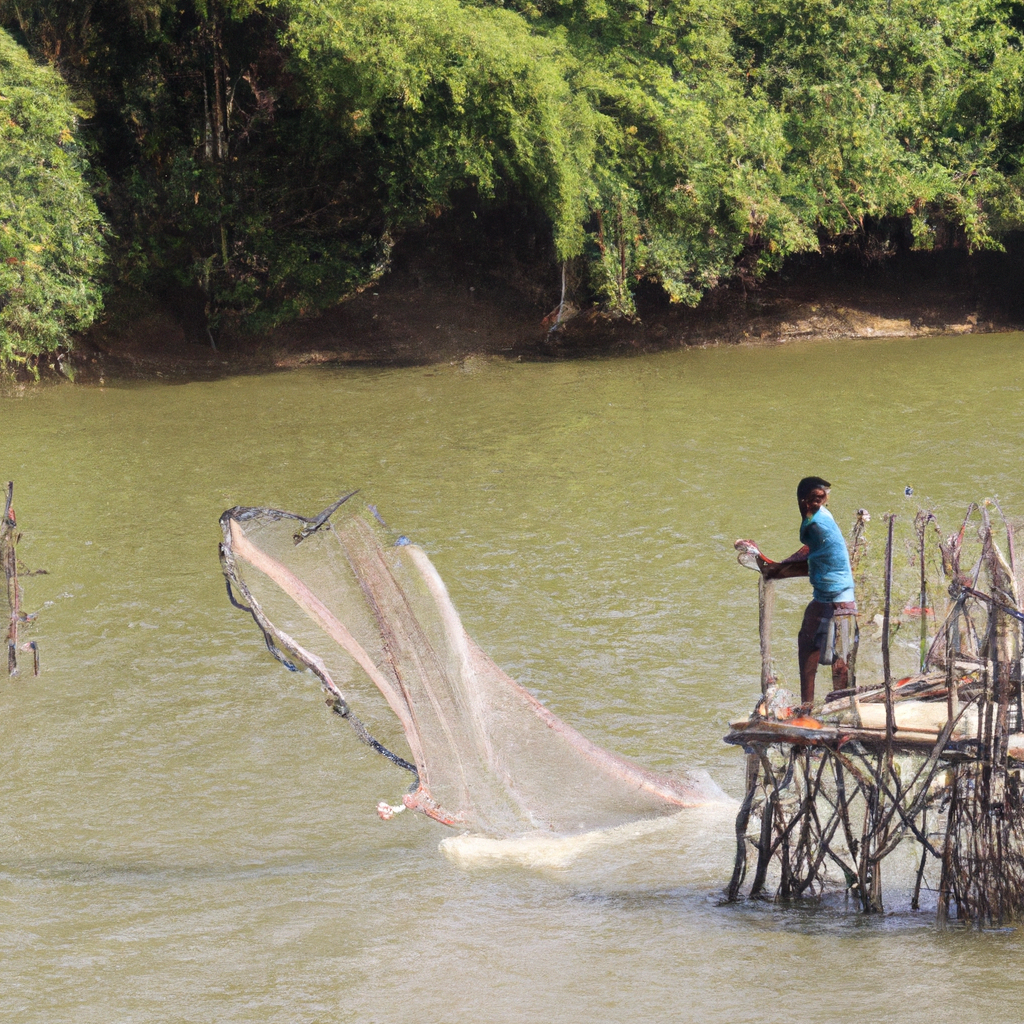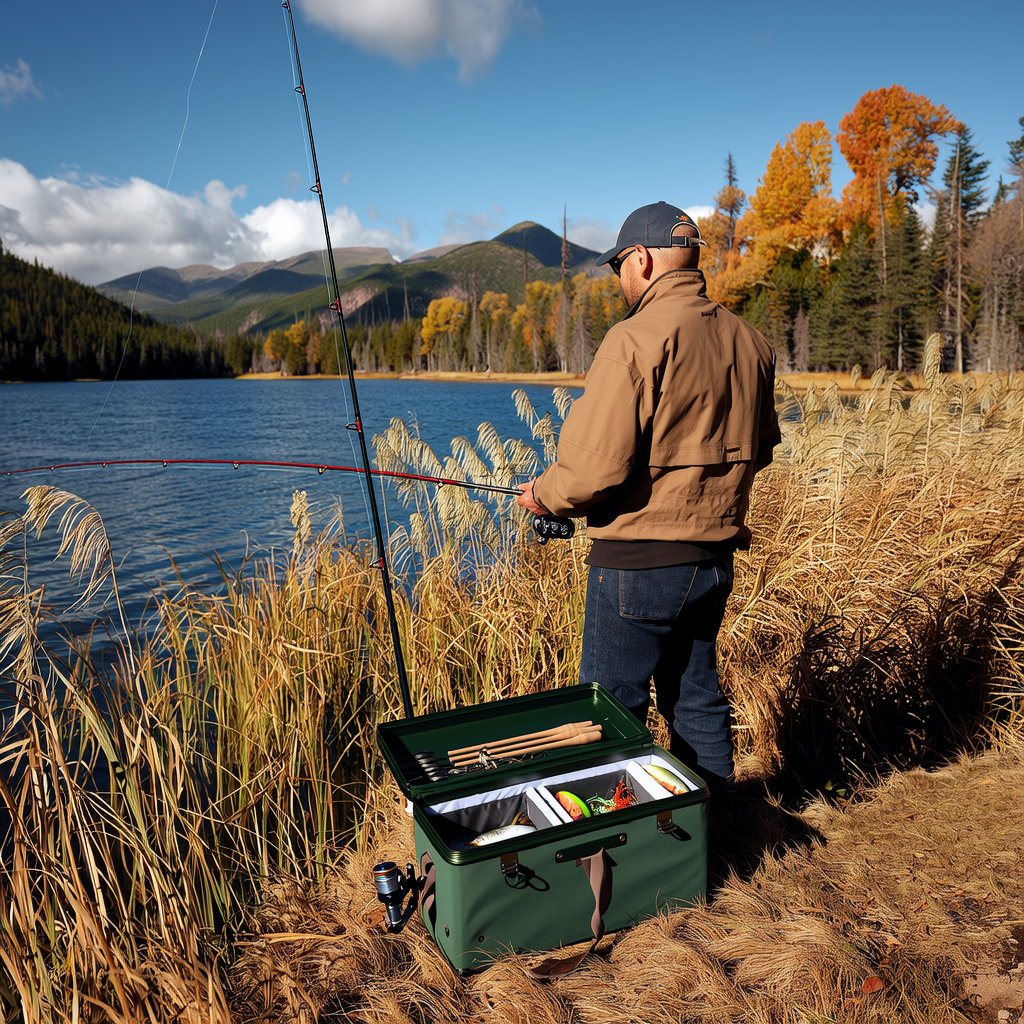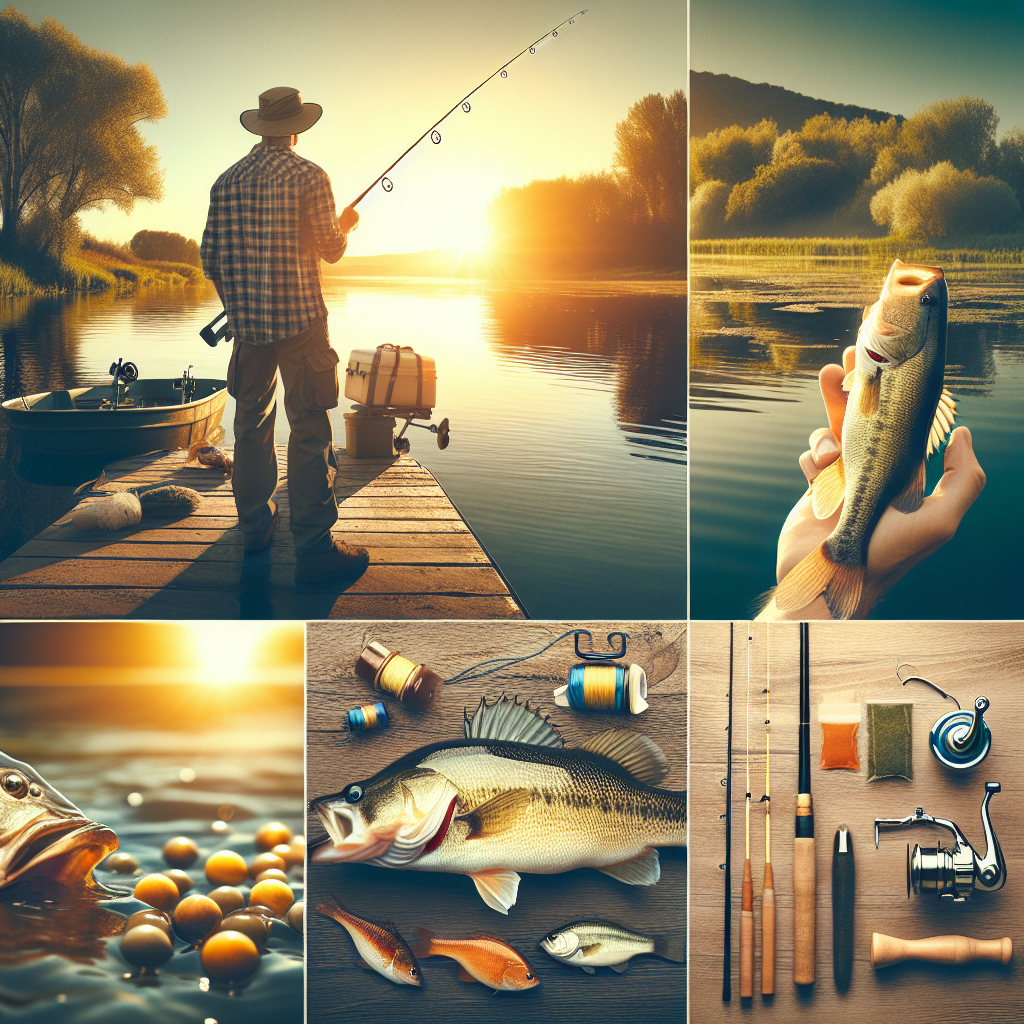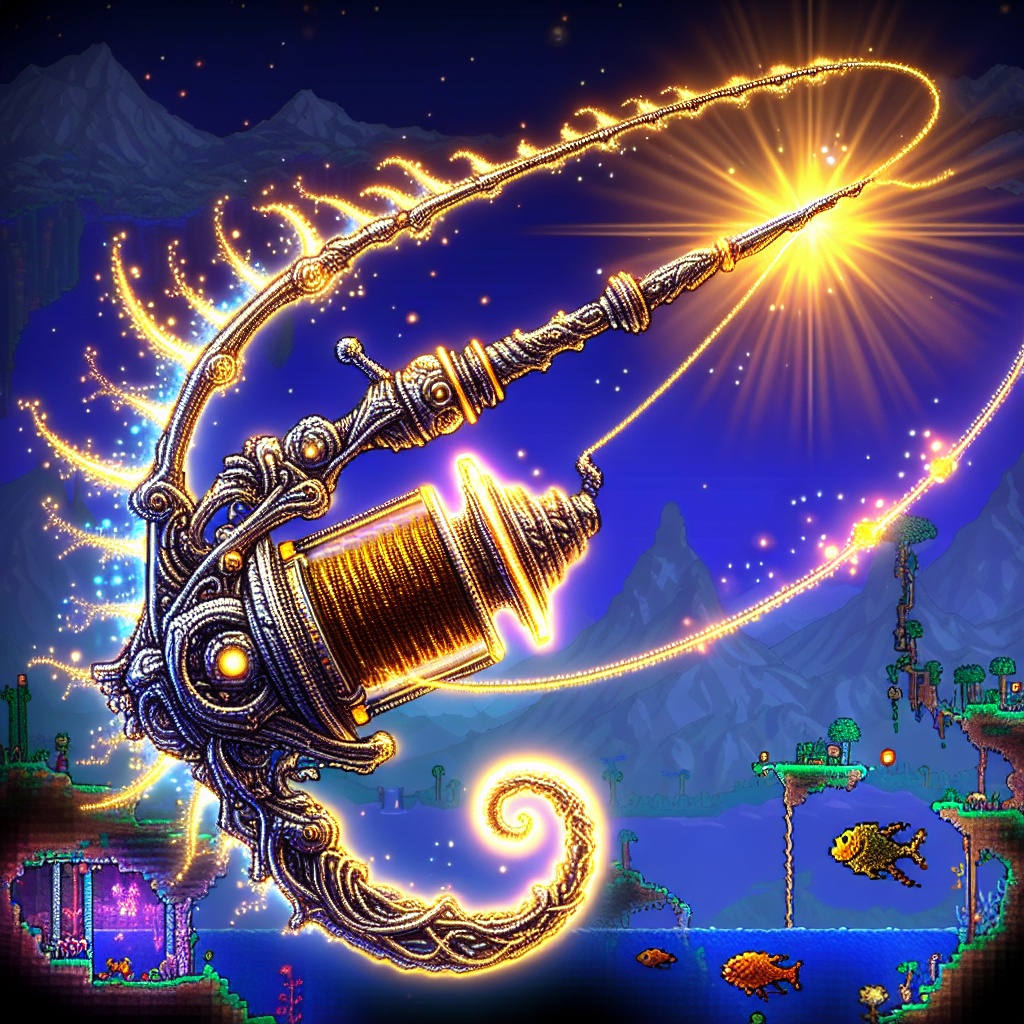https://www.youtube.com/watch?v=gCG6ZSmin0s
Fishing is a form of art that involves catching the fish using different tools, techniques, and methods. Fishing is a recreational activity with many benefits. It can improve your mental and physical health by reducing stress and increasing concentration.
The ultimate goal of fishing is to catch fish. This requires patience, skill, and knowledge about the fishes’ habits and habitats. This article will cover a variety of techniques, tools, and tips to improve your fishing catching.
Types of fishing catching techniques
1. Fly Fishing is a classic trout-fishing method that involves the casting of an artificial fly in order to fool the fish. Fly fishers use lightweight fly rods, reels, and lines to catch fish.
2. Spinning Fishing – Spinning fishing is a versatile method that involves using a spinning rod to cast a spinning lure into the water. Anglers use lures such as spoons, spinners and plastic worms or grubbs to catch fish.
3. Baitcasting is a technique that requires a lot of practice and skill. Anglers use baitcasting reels, rods, and bait to catch fish. Baitcasting reels can accurately cast heavier lures.
4. Trolling Fishing – Trolling fishing is dragging a lure in front of a moving kayak or boat to catch larger fish such as salmon, trout or walleye. Anglers can cover a large area of water by trolling.
Fishing Catching Tips
1. Locating Fish. The first step in fishing is to locate the fish. Use fish finders to research the fish’s habitats and habits. Look for signs of activity such as ripples, jumps and diving birds.
2. Fishing Time – The best time to fish is in the early mornings or evenings, when fish are at their most active. Avoid fishing in the hottest part during the day, when fish are not active.
3. Fishing Weather – Fish feed more when it’s cloudy or overcast. This is a great time to catch a fish. If a storm is approaching, it’s best to stop fishing.
4. Fishing Tackle – The right fishing gear is crucial to a successful fishing experience. Use quality fishing line, lures, and rods that are suited to the type of fish you’re targeting and the conditions.
5. Knot Tying is a skill that every fisherman should master. Learn to tie different knots, such as the Palomar Knot, the Improved Clinch Knot, or the Uni Knot.
6. Patience will help you catch fish. It may take a while to catch fish because they are unpredictable creatures. Relax, take in the scenery and wait for that perfect moment to strike.
Fishing Catching Tool
1. Fishing Rods. Fishing rods form the basis of any fishing experience. They are available in a variety of lengths, weights and materials, such as graphite or fiberglass.
2. Fishing Reels: Anglers can retrieve the fishing line with a fishing reel and manage tension. There are many types of fishing reels, including spinning, baitcasting and spincasting reels.
3. Fishing Lines: Fishing lines are crucial for fishing success. Choose the right fishing lines that match the type of fish you are targeting, the water conditions and your fishing style.
4. Fishing lures: Artificial baits that mimic natural baitfish in appearance and movement. They are available in different sizes, colors, shapes and designs, and are designed to attract various types of fish.
5. Fish Finders Fish finders are electronic gadgets that help anglers to locate fish by detecting underwater structure, water depth and temperature.
Conclusion
Fishing is a rewarding and exciting experience that requires patience, skill, and knowledge. By using the correct techniques, tools, and tips, you can improve your fishing experience and catch more. While fishing, remember to be safe, respect nature, and have fun.




